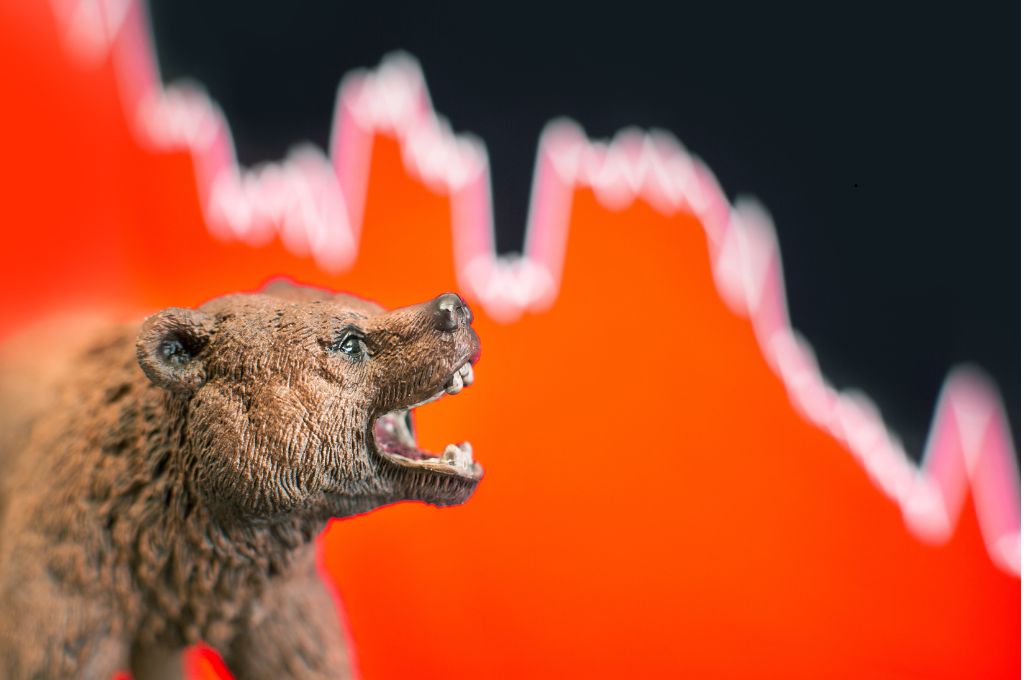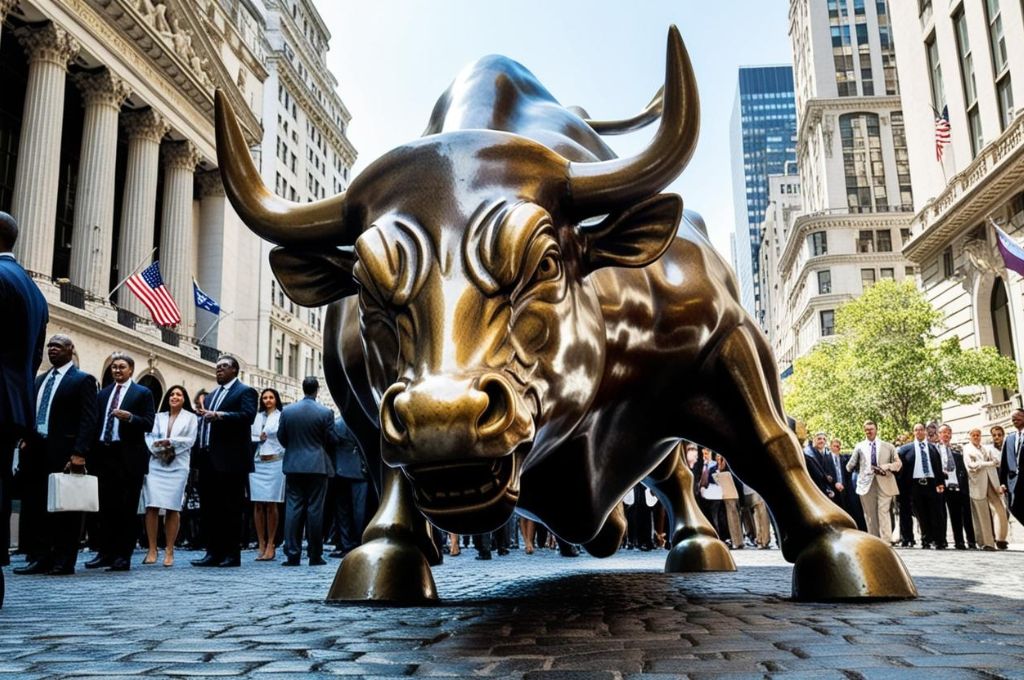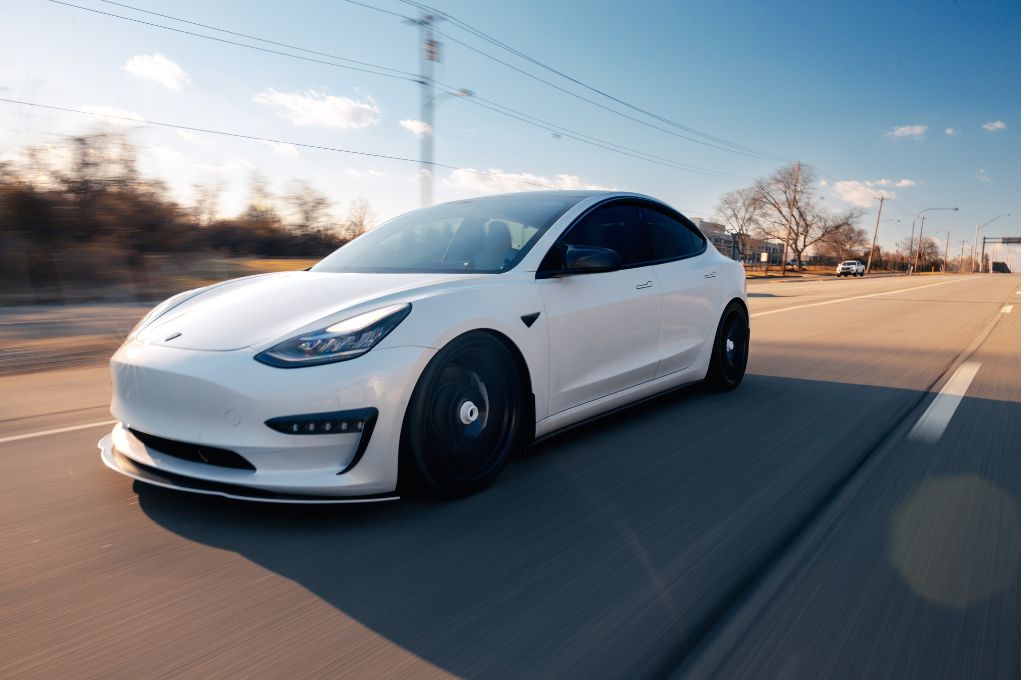Tesla has been one of the most talked-about stocks of the past decade, capturing the imagination of retail investors and institutional players alike.
However, as this recent market cap decline shows, even the biggest names in the game aren’t immune to volatility.
Since December 2024, Tesla has lost a staggering $745 billion in market capitalization—more than Walmart’s entire $685 billion valuation!

This dramatic drop raises several critical questions:
- What caused Tesla’s valuation to plummet?
- How does this impact investors?
- What lessons can we learn from this crash?
Let’s break it all down.
Tesla’s fall from its peak valuation isn’t due to one single event—it’s the result of multiple factors converging at the same time.
Why Did Tesla’s Market Cap Crash?
1. Leadership & Public Perception
Elon Musk has been both Tesla’s biggest asset and its biggest liability. His innovation and vision have propelled Tesla to incredible heights, but his unpredictable behavior has also introduced volatility.
Recently, Musk’s political interactions with the Department of Government Efficiency (DOGE) and his involvement in chopping down the federal workforce have added to investor uncertainty.
2. Rising Vandalism & Trade-in Rate
As Elon Musk’s political involvement has increased, Tesla’s once-futuristic, eco-friendly image has taken a hit. Once widely embraced, the brand is now polarizing, alienating some former supporters.
This shift has even led to a rise in vandalism against Tesla vehicles and dealerships, particularly in cities where the brand once thrived.
Brand loyalty from current customers is appearing to wane as well. Tesla trade-ins over the last few months are now at record highs, which investors are perceiving as a growing risk for Tesla’s future.
3. Declining EV Demand and Increased Competition
Tesla once dominated the electric vehicle (EV) industry, but the competitive landscape has changed significantly. Legacy automakers like Ford, GM, and Volkswagen have ramped up their EV production, while Chinese companies like BYD have aggressively expanded their market share.
As a result, Tesla’s sales growth has slowed, and investors are starting to question whether the company can maintain its first-mover advantage.
4. Interest Rate Pressures
High-growth stocks like Tesla tend to perform well in low-interest-rate environments. However, with the Federal Reserve keeping interest rates elevated to fight inflation, investors have been shifting money away from growth stocks and into safer assets like bonds and dividend-paying stocks.
5. Stock Overvaluation & Profit-Taking
Tesla’s meteoric rise in valuation over the years has largely been driven by future growth expectations rather than current profitability. Many investors believe Tesla has been significantly overvalued for some time, and a market correction was inevitable. As sentiment shifted, institutional investors started taking profits, accelerating the decline.
What This Means for Investors
If you’re holding Tesla stock or considering an investment, here’s what you should keep in mind:
Short-Term Investors: Increased Volatility
Tesla’s stock is likely to remain highly volatile in the coming months. Especially as it does not appear that Elon will be leaving the white house anytime soon.
Short-term traders should be prepared for sharp price swings and be cautious about jumping in purely based on hype.
Long-Term Investors: A Potential Buying Opportunity?
For investors with a long-term outlook, Tesla’s dip could present a buying opportunity—but only if you believe in the company’s long-term fundamentals.
If Tesla can maintain its technological edge, improve profitability, and navigate the competitive EV landscape, today’s lower valuation could look like a bargain in hindsight.
Diversification is Key
No matter how much you believe in Tesla, putting all your money into a single stock is risky. The recent crash is a reminder that even industry leaders can experience massive downturns. Diversifying your portfolio with a mix of stocks, ETFs, and other asset classes can help manage risk.
Lessons from Tesla’s Market Cap Crash
Even if you don’t own Tesla stock, there are key investing lessons we can all take from this situation:
1. Valuation Matters
Many investors ignored Tesla’s sky-high valuation because they believed in its long-term vision. But no stock can defy market fundamentals forever. Always assess whether a stock’s price reflects its true earning potential.
2. Market Sentiment Can Change Quickly
Tesla was once the darling of Wall Street, but sentiment has shifted dramatically. This is a reminder that stocks don’t always go up, and investors need to be prepared for downturns.
3. The Importance of Risk Management
If you’re investing in high-volatility stocks like Tesla, having a risk management plan is crucial. Whether it’s setting stop-losses, taking profits along the way, or diversifying into safer assets, protecting your downside is just as important as chasing upside.
Final Thoughts
Tesla’s market cap crash is a wake-up call for investors. While the company remains a major EV player, declining demand, rising competition, and high-interest rates have weighed on its valuation. But Elon Musk’s influence is also a key factor.
His innovation has driven Tesla’s success, but his political involvement, controversial statements, and distractions in the federal government have hurt investor confidence. As public perception shifts and institutions grow wary, Tesla’s future may depend on whether Musk refocuses on the company.
Happy Investing!





